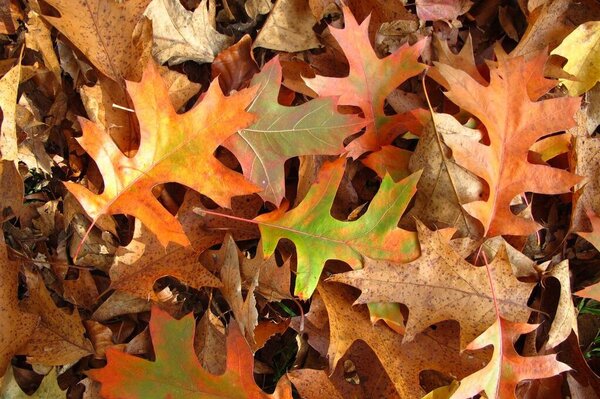Expertise
American and European Red Oak Provenances in Germany
Mirko Liesebach | 20.06.2022
In field trials at various sites in Germany, the European origins of red oak showed better growth performance than provenances of American origin. This is significant for future afforestation.
With an area of 44,000 ha (0.4 % of total forest area), red oak (Quercus rubra L. ) is the most common non-native broad-leaved tree species in Germany. Since little is known about the variation within this species, four provenance trials with two-year old red oaks were established in 1991 at Lübeck (Schleswig-Holstein), Wächtersbach (Hessen) Waldsieversdorf (Brandenburg) and Nordhorn (Lower Saxony). The plant material of 15 American and 12 European – primarily German – provenances was raised in the Thünen-Institute nursery at Großhansdorf.
Survival rates, biotic and abiotic damage were recorded, and height and diameter growth measured at the trial sites. Significant differences occurred in height growth between the trial sites at the age of ten years. The provenances differed both in growth and in quality. Most European provenances outperformed the original American ones in growth performance. The phenological characteristics shoots and leaf senescence, which were recorded in different years, are correlated. Likewise, there is a correlation between the occurrence of bark canker and stem straightness.
A higher proportion of red oak in the forest can raise overall yields. The wood supply can be increased at the medium term due to the high growth performance of red oak already at a young age. The species is subject to the Act on Forest Reproductive Material Moving Trade. Reproductive material of this species should be won in well performing, high-quality stands in Germany. Seed imports from the natural range (southern and northwestern United States and Canada) do not indicate any further increase in growth performance.


![[Translate to English:] Logo des Bundesministerium für Ernährung und Landwirtschaft](/media/allgemein/logos/BMEL_Logo.svg)